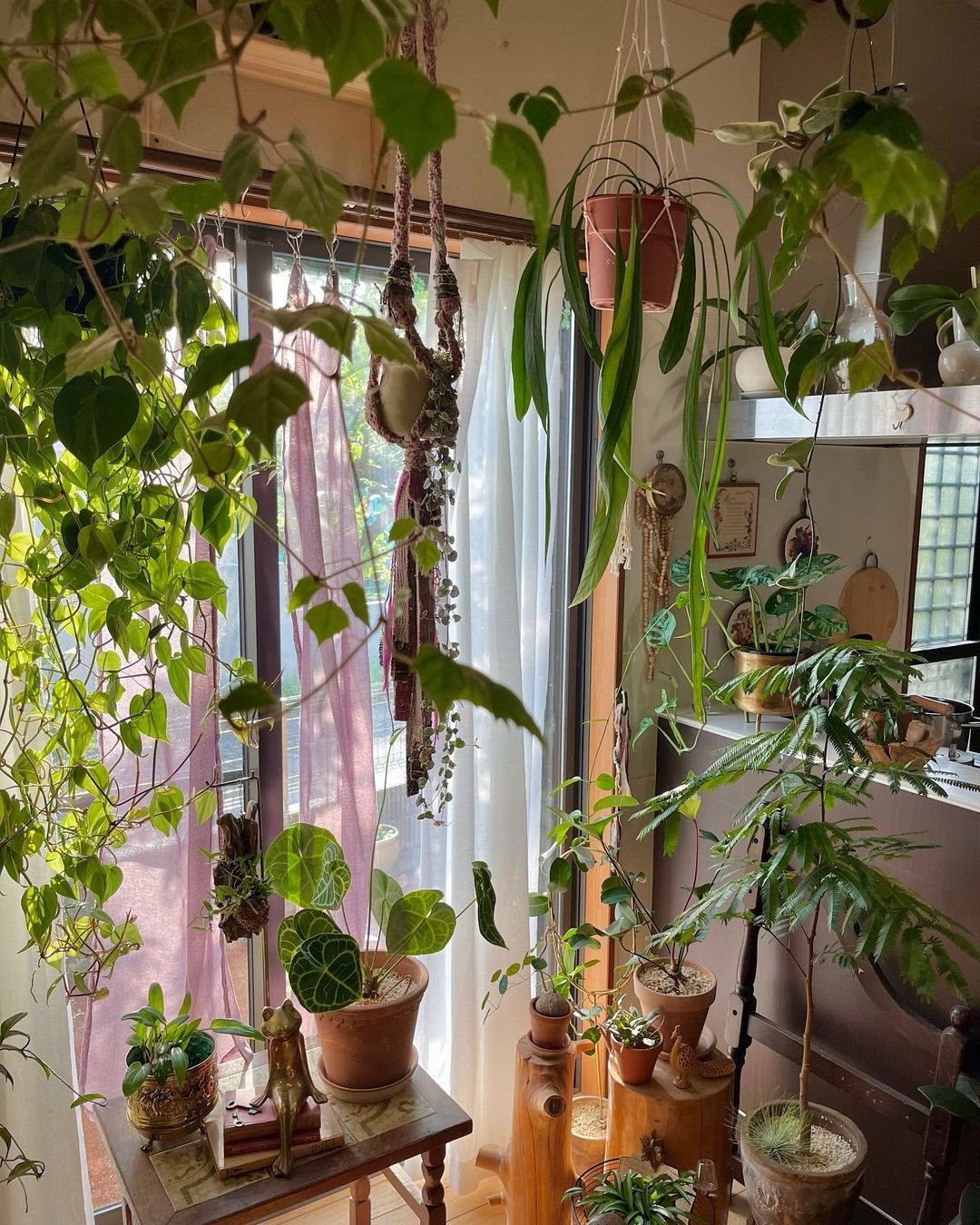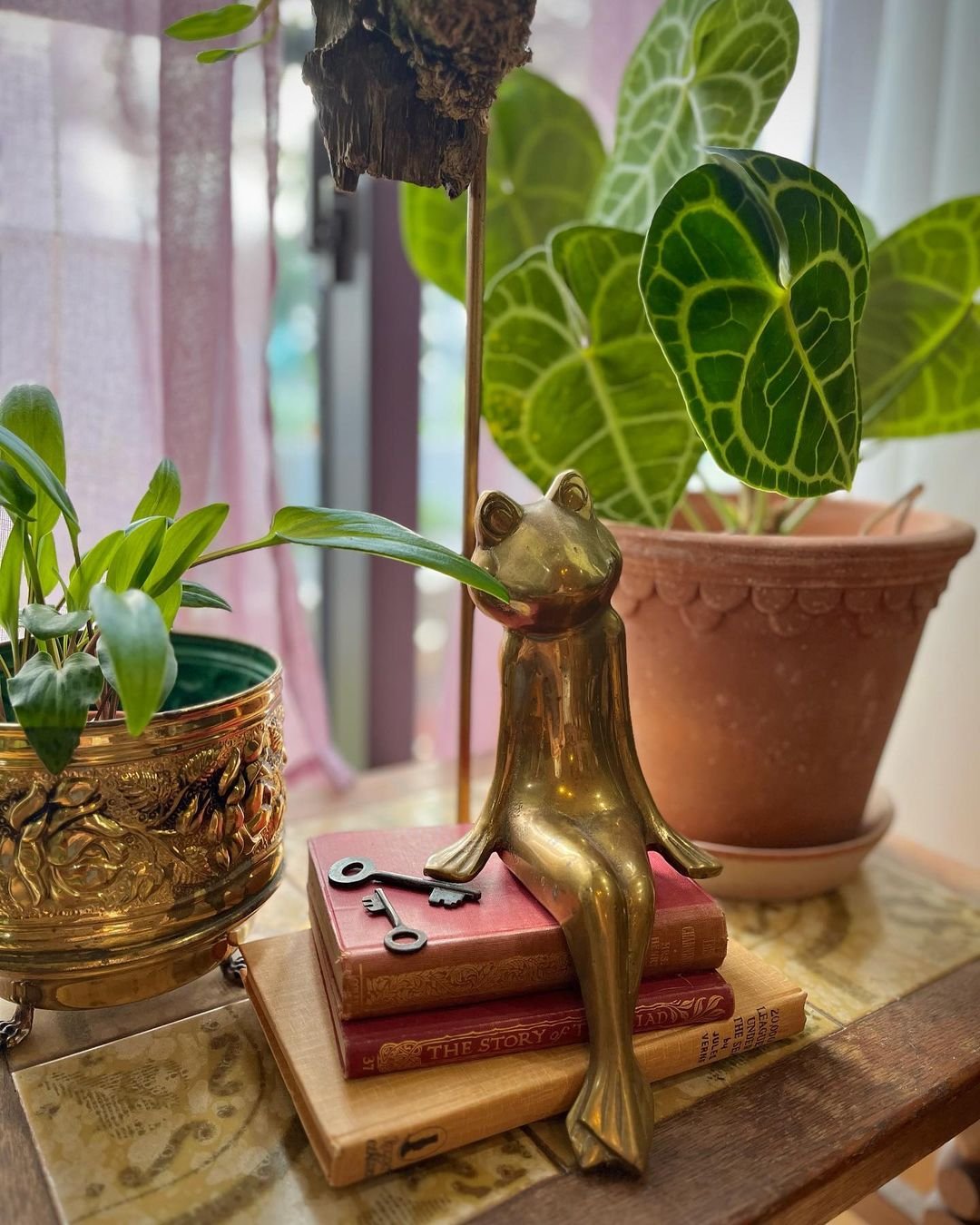Unlock the secrets to choosing the best indoor plants for your home with this expert guide. Learn how to select plants that thrive in different light conditions, improve air quality and enhance your living space.
Are you ready to transform your living space into a lush, green paradise? As a gardener, you’re no stranger to the joys of tending to plants, but bringing the beauty of the outdoors inside your home requires a slightly different approach. In this guide, we’ll explore how to choose the best indoor plants that thrive in various conditions while catering to your gardening passion.
Understanding Your Indoor Space
Before diving into the world of indoor plants, it’s essential to assess your living space. Different rooms offer distinct conditions in terms of light, humidity, and temperature. Here are some considerations:

1. Low-Light Areas:
- Indoor plants for low-light conditions can flourish in areas with minimal sunlight. Consider popular options like snake plants (low-light houseplants), peace lilies, or philodendrons. These hardy plants not only survive but often thrive in dimly lit spaces, making them perfect for rooms with limited natural light.
2. High-Humidity Environments:
- Rooms like bathrooms or kitchens tend to have higher humidity levels. Indoor plants for high humidity include ferns, orchids, and spider plants. These plants appreciate the extra moisture in the air and will add a touch of elegance to your space.
3. Dry Environments:
- In contrast, some rooms, such as bedrooms, may have lower humidity levels. For these areas, consider indoor plants suitable for dry conditions like succulents, cacti, or aloe vera. These plants are low-maintenance and require minimal watering, making them ideal for busy gardeners.
4. Sunny Spots:
- If you have sunny windowsills, you’re in luck. Many indoor plants thrive in bright, indirect light. Think about placing indoor plants for sunny spots like rubber plants, pothos, or fiddle leaf figs near windows to soak up the sunlight.
Choosing Indoor Plants for Your Lifestyle

As a gardener, you know that plant care can be a rewarding experience. However, it’s essential to select indoor plants that align with your lifestyle and schedule.
Here are some options:
1. Low-Maintenance Choices:
- If you’re a busy gardener or frequently travel, opt for indoor plants that are low-maintenance. Succulents, air plants, and snake plants require minimal attention and can thrive with infrequent watering.
2. Blooming Beauties:
- For those who enjoy the aesthetic appeal of flowering plants, consider varieties like orchids, African violets, or cyclamens. These indoor plants with beautiful blooms can add a burst of color to your indoor garden.
3. Pet-Friendly Options:
- If you have furry friends at home, be mindful of choosing indoor plants safe for pets. Some pet-friendly choices include spider plants, Boston ferns, and bamboo palms. These plants are non-toxic to cats and dogs.
4. Size Matters:
- Consider the available space when selecting indoor plants. Small indoor plants like succulents and herbs are perfect for windowsills or tabletops, while larger options like fiddle leaf figs or peace lilies can become striking focal points in your rooms.
In your journey to create an indoor oasis, remember that the world of indoor plants is diverse and exciting. By understanding your space, considering your lifestyle, and choosing the right plants, you can enjoy the benefits of a green home garden. Explore various indoor plant varieties, experiment, and let your gardening expertise flourish indoors.
Now that you’ve gained insights into selecting the best indoor plants for your home, it’s time to get your hands dirty and start creating your indoor garden paradise. Happy gardening!
Pingback: Palm Neanthe Bella Care: Chamaedorea elegans
Pingback: How to Grow and Care for French Hydrangeas - Gardener's School
Pingback: Mastering the Green Thumb: Your Ultimate Guide to Indoor Plant Care 🌿
Pingback: 15 Plants with Purple and Green Leaves - Gardener's School
Pingback: The Ultimate Guide to Hoya Krimson Queen Care -
Pingback: Plants as Corporate Gifts Gardeners Schools
Pingback: How to Grow and Care for an Aloe Vera Plant